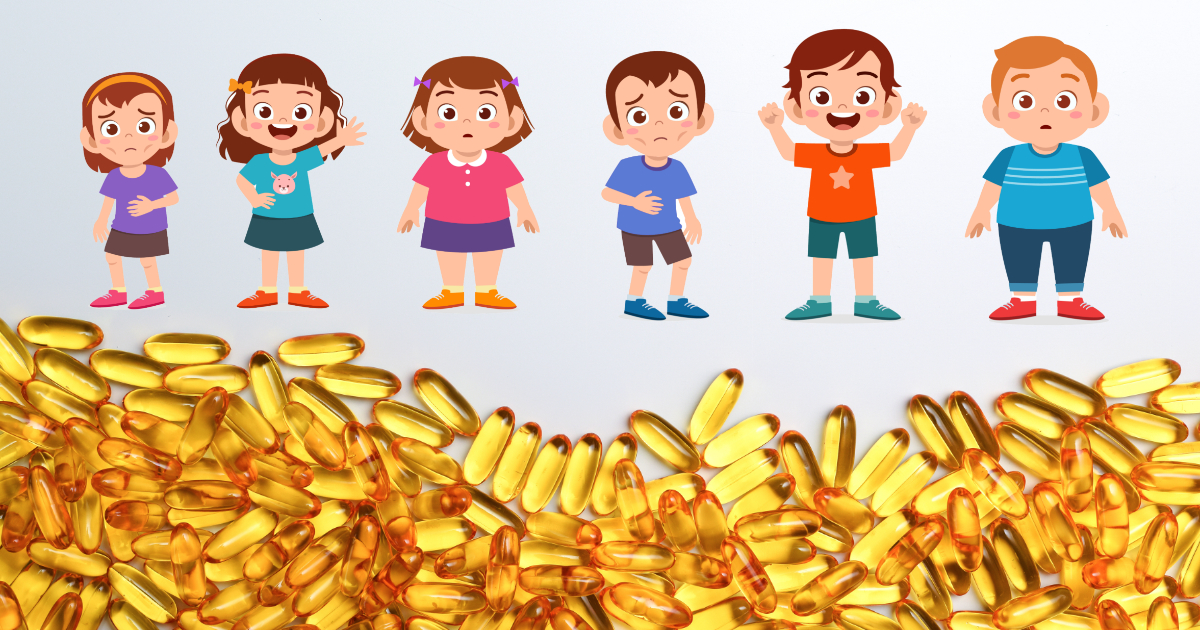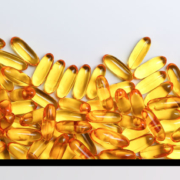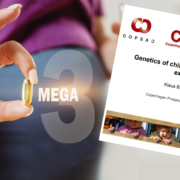Obesity and Prenatal Omega-3s: Premature Conclusions
Women frequently ask about prenatal supplementation, and omega-3 fatty acids are always part of prenatal recommendations; that’s why this study attracted my attention. Did they come to the right conclusions? I think the best place to begin is by reading the conclusion statement of the abstract, and then examine the data from the paper to see if it supports those conclusions.
Here we go:
“In this randomized clinical trial, children of mothers receiving omega-3 fatty acid supplementation had increased BMI at age 10 years, increased risk of being overweight, and a tendency of increased fat percentage and higher metabolic syndrome score. These findings suggest potential adverse health effects from n-3 long-chain polyunsaturated fatty acid supplementation during pregnancy and need to be replicated in future independent studies.”
Problems with the Conclusions
The difference in body weight was two pounds, with the fish oil group weighing more than the placebo group; neither group was classified as being overweight by international standards. With height being equal, that automatically meant that the BMI would be higher in the fish oil group. However, both groups would be classified as underweight based on standards for children five to ten years old. The implication was the omega-3 group might be overweight. They were not; in fact they were closer to normal weight than the lighter kids. The increased risk of being overweight isn’t supported by the data presented.
Related to the higher metabolic syndrome score, the researchers calculated the score using an algorithm that considered waist circumference, systolic BP, negative HDL cholesterol, the log of triglycerides, and the Homeostatic Model Assessment for Insulin Resistance or HOMA-IR for short. There was a difference of 3/10 of an inch in waist circumference, with the omega-3 group being slightly larger. There was no difference in triglyceride levels, and the omega-3 group had a higher HDL cholesterol level than the control group. There was no difference in systolic blood pressure between the groups. That leaves us with the HOMA-IR calculation.
Typically, serum insulin would be used in the calculation to determine the HOMA-IR number. They didn’t collect insulin data, so they used another indicator of insulin levels in calculating the HOMA-IR. The problem is that that algorithm was based on 21 adult subjects; it was never validated with a larger group or for use in children. I question its use, but for argument’s sake, let’s say it doesn’t matter.
The Real Problem
The real problem that I have is with the remark about a tendency towards increased percent body fat. When they assessed body composition at 10 years of age, they used bioelectrical impedance analysis (BIA). I worked on comparing methods of body composition analysis when I was a graduate student, so I can tell you from experience that underwater weighing is the gold standard for any group (and, yes, I’ve underwater weighed 10-year-olds). Specifically, there are two factors that are always concerning with BIA:
- The algorithm is 95% dependent on height and weight. A two-pound difference in body weight in children could impact the calculation, even if the actual body composition was the same.
- BIA is sensitive to fluid levels of the body. It assesses total body water and calculates fat mass by making an assumption about the water content of the remaining tissues. It’s not the best way to assess body fat in a major study such as this.
The Bottom Line
How?!!!
We hear that a lot when our grandson plays a videogame. When something happens that he doesn’t anticipate or understand, he yells “How?!!!” and that’s what I’m thinking right now. The most frustrating part of this research paper is their conclusion that omega-3 supplementation in the last trimester of pregnancy may result in adverse effects to the children.
How? How would supplementing with omega-3 fatty acids cause the offspring to have an increased risk of being overweight or obese? They did not provide any comment on how that could occur.
As it stands now, we really don’t know much more about omega-3 supplementation in the third trimester of pregnancy other than the kids whose mothers took omega-3 fatty acid had fewer serious asthma and allergy symptoms; because the incidence of asthma and allergies are rising steadily, that may be the most important observation from this study so far.
As for body composition? Not so much. This study will continue until the subjects are adults, so maybe further testing will yield more conclusive results.
What are you prepared to do today?
Dr. Chet
Reference: AJCN. 2024. doi.org/10.1016/j.ajcnut.2023.12.015









